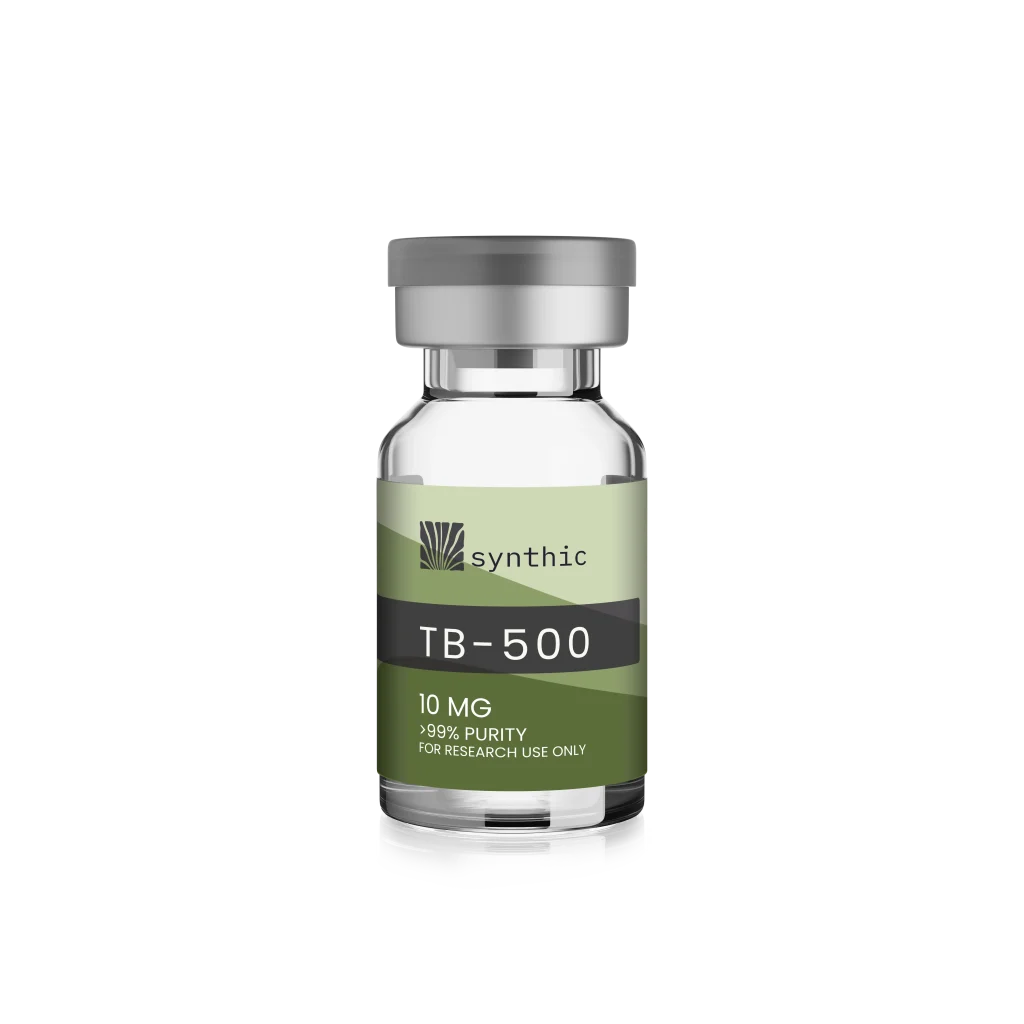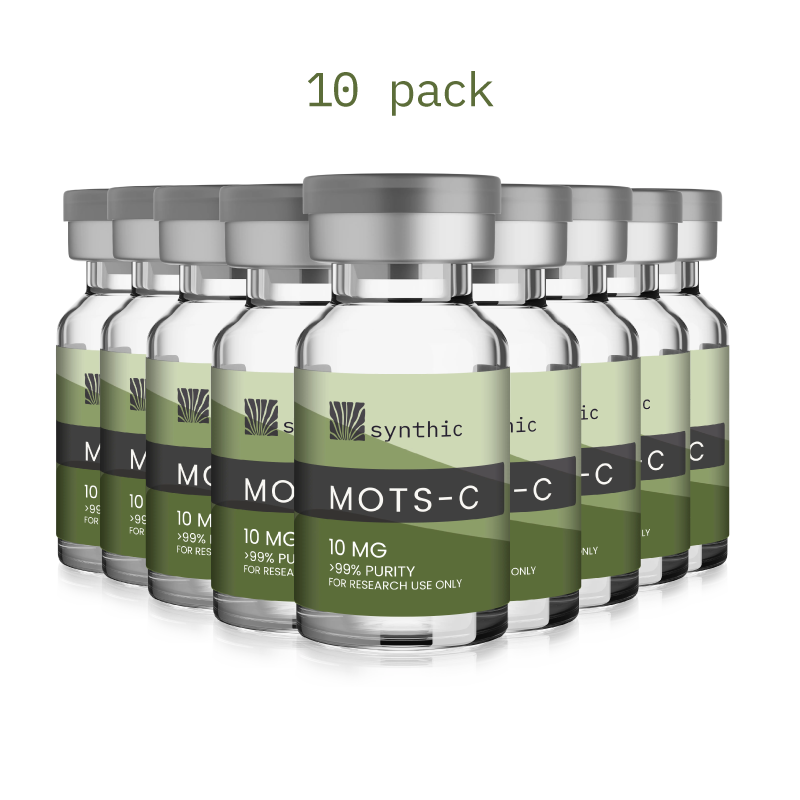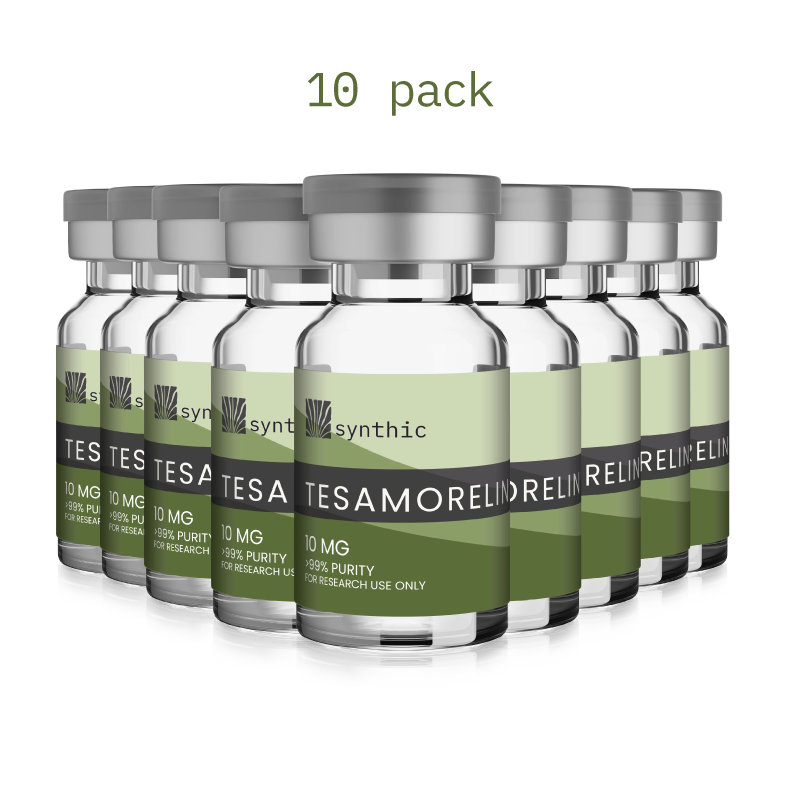Peptides are increasingly studied for their potential in regenerative and repair-focused research. Among the most prominent compounds explored in this context are TB-500 and BPC-157, both of which are known for their roles in wound healing, inflammation modulation, and angiogenesis. While their effects may overlap, they differ significantly in molecular pathways, biological targets, and tissue specificity.
This article breaks down their mechanisms of action, experimental applications, and potential synergy for advanced research models.
TB-500: Enhancing Cell Migration and Tissue Repair
TB-500 is a synthetic peptide modeled after a segment of thymosin beta-4 (Tβ4), a naturally occurring protein involved in actin regulation and tissue regeneration. Its primary role in research has been tied to improving:
- Cellular migration
- Angiogenesis
- Muscle and connective tissue repair
Preclinical studies often focus on TB-500 in models of muscle strain, tendon injury, and dermal wound healing due to its capacity to mobilize cells toward damaged areas and promote regeneration.
BPC-157: Multi-System Healing and GI Protection
BPC-157 (Body Protection Compound-157) is a synthetic peptide derived from a protein sequence found in gastric juice. It has been widely studied for its regenerative effects on:
- Blood vessels and connective tissues
- Gastrointestinal lining
- Central nervous system
BPC-157 has shown promise in models involving ulcer healing, tendon repair, and neuroinflammation due to its ability to modulate nitric oxide signaling, enhance collagen production, and reduce oxidative stress.
Mechanism of Action: Distinct but Complementary
| Mechanism | TB-500 | BPC-157 |
| Tissue Regeneration | Promotes cell migration and differentiation (muscle, epithelial tissue) | Stimulates fibroblast activity and collagen synthesis (connective tissue) |
| Angiogenesis | Enhances blood vessel formation via actin dynamics and VEGF signaling | Supports angiogenesis through VEGFR-2 and nitric oxide pathways |
| Inflammation Modulation | Lowers pro-inflammatory cytokines; supports macrophage activity | Reduces oxidative stress; modulates inflammatory markers |
| Gastrointestinal Support | No significant GI involvement | Active in gut lining protection and ulcer repair |
| Neuroprotective Potential | Mild neuroprotection reported | Impacts dopamine/serotonin pathways; CNS injury models |
Research Applications at a Glance
TB-500 is commonly studied in:
- Skeletal muscle regeneration
- Post-operative healing models
- Ligament and tendon repair studies
- Corneal and cardiovascular tissue models
BPC-157 is commonly studied in:
- Gastrointestinal ulcer and injury models
- Vascular repair and angiogenesis research
- Bone fracture and tendon regeneration
- Neuroinflammation and CNS studies
Synergistic Use in Experimental Protocols
In advanced models, TB-500 and BPC-157 are sometimes co-administered to study their complementary effects. TB-500 may enhance structural and cellular groundwork through actin regulation and cell mobilization, while BPC-157 reinforces vascular health, reduces inflammation, and accelerates tissue remodeling.
Combined applications have been explored in:
- Multi-tissue trauma models
- Chronic joint and tendon injury protocols
- Muscle regeneration with vascular insufficiency
Safety and Stability
In preclinical environments, both peptides are generally considered well-tolerated when used under standard lab conditions. They are:
- Water-soluble
- Stable with appropriate storage
- Intended exclusively for research use
However, long-term toxicity and human data remain limited. These compounds are not for human or veterinary use outside of controlled studies.
Final Thoughts
Both TB-500 and BPC-157 offer unique advantages in tissue regeneration studies. TB-500 may be preferable in models prioritizing cell migration and muscle recovery, while BPC-157 shines in vascular integrity and gastrointestinal protection.
Understanding each peptide’s mechanism and potential synergy can inform the design of robust experimental protocols tailored to specific regenerative goals.



